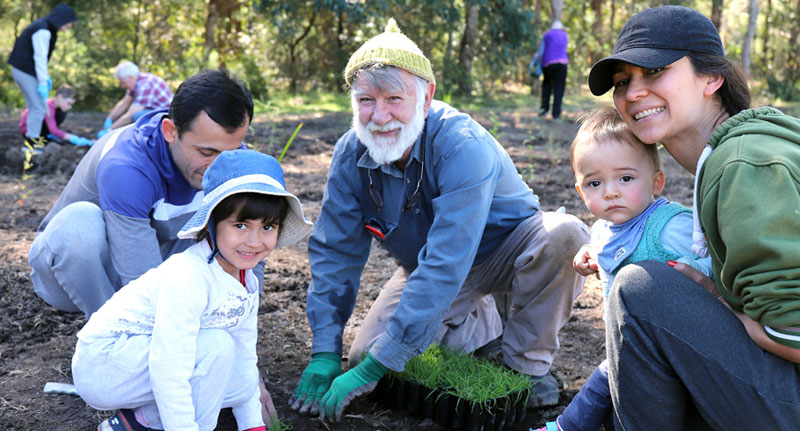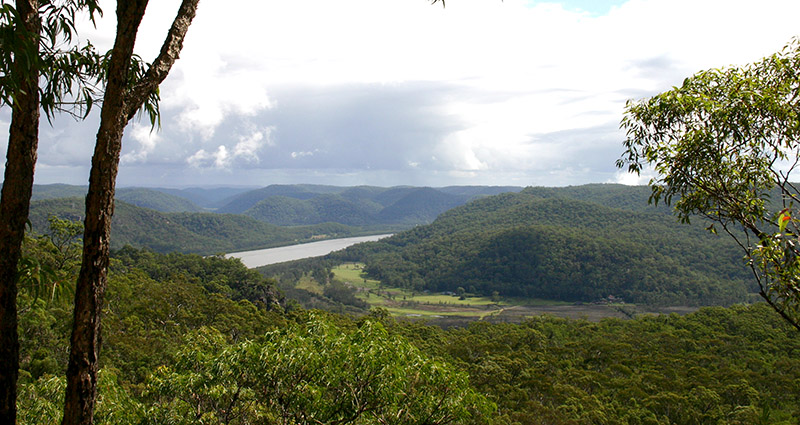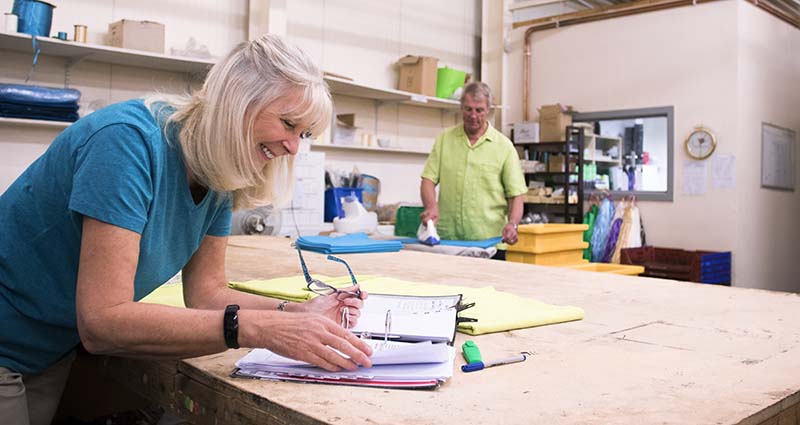What are the issues facing the estuary?
The most pressing issues facing the health of the Hawkesbury estuary are outlined in the Lower Hawkesbury Estuary Management Plan (above). They include:
- Water quality and swimming conditions at recreational sites.
- Potentially allowing more development than the estuary can cope with. Council has been working with CSIRO to develop a robust scientific method to assess the carrying capacity of land in Hornsby Shire.
- Catchment runoff, when rain carries topsoil and other substances into the waterways. Council has a significant Catchment Remediation Program to address the issue.
- Algal blooms. In most cases algal blooms do not damage ecosystems in the long term, but they can be dangerous to human health while also killing fish and animals. An important aspect of Council’s water quality monitoring program is to quickly identify the risk of algal blooms.
- Discharge from boats, which can create a significant environmental problem. Council operates a pump-out facility at Kangaroo Point to dispose of effluent. It is free to all users and removes around 150,000 litres of effluent from vessels each year. Boats require a 40mm (or 1 1/2") male camlock coupling to connect to the facility. Operation instructions can be found on the pontoon.
- Sewage disposal. Council undertakes surveys of onsite wastewater management systems at riverside settlements. These surveys aim to increase community awareness of compliance issues; help residents select and maintain appropriate onsite systems; and promote alternative technologies for waste treatment as they become available.
- Boating and tourism pursuits . The Hawkesbury River is a very popular waterway, contributing an estimated $32.2 million to the local economy. Recreational activities include water-skiing, sailing, fishing, swimming and kayaking. The region also sustains a large number of commuter vessels used by people living on islands and in other isolated locations.
- Aquaculture and fishing. The Hawkesbury-Nepean estuary is among the top 15 commercial fishing production areas in NSW, with annual catches worth $1.3 million. The estuary also plays a valuable role as a nursery and a source of food for ocean fish. Prawn catches may be worth up to $1.1 million per year, the second highest production area in NSW. The oyster industry used to contribute $3.6 million per year, but it has been severely affected by two different diseases in 2003 and 2013. Council is part of an intensive effort to get the oyster industry back in the estuary.
- Heritage and cultural values. There are likely to be thousands of Aboriginal heritage sites located across the Lower Hawkesbury catchment. Of those already found, only a small number are actively promoted for public viewing and understanding, although many may be visited due to their proximity to trails and roads. Heritage items in the Hawkesbury catchment are identified in planning instruments for Hornsby Councils and a number of items are also on the State Heritage Register.







